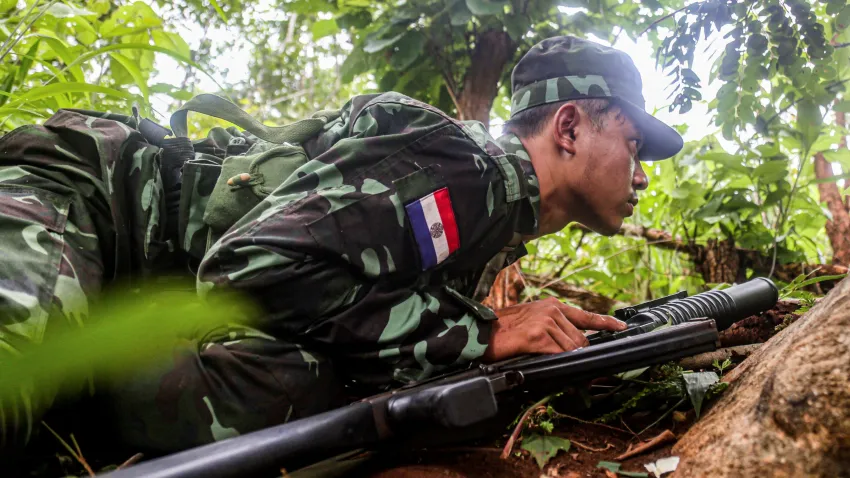
With all the excitement and turmoil over the past few years, the ongoing conflict in Myanmar has been absent from the minds of many. In September 2024, the military government rejected the peace offer to the various rebel groups and began to forcibly conscript young men into the army to try to offset their losses. But just how did things get here?
The region has a rich history and culture going back to antiquity, but the events that led to this conflict are based in the twentieth and twenty-first centuries. In 1948, Myanmar gained independence from Britain and functioned as a democracy until 1962, when the military took control of the state.
While elements within the government changed, the nation was under military rule from 1962 until 2011, when the country began a period of liberalisation. The period of military rule was fraught with conflict between the state and other armed groups, such as regional separatists, drug enterprises, and armed political forces.
However, Myanmar’s reintroduction to liberalism was not meant to last, as on the morning of 1 February 2021, the military initiated a coup d’etat that many witnessed live and toppled the government of Suu Kyi. Many citizens rejected the military’s argument that the recent election was invalid, was rejected by many citizens leading to nationwide protests in which the new regime cracked down on these gatherings with lethal force.
This initiated not only the flight of many out of the country but also spurred the formation of pro-democracy military groups or joining of pre-existing armed groups. Many predicted yet another period of military rule as the army controlled larger cities, possessed an uncontested Air Force and had the support of China, but to their surprise, the junta began losing ground, losing soldiers and facing persistent mass desertion. How did this happen?
Pre-existing armed groups and new ones have successfully been building their forces and controlling rural areas where military presence as well as support is weak. However, it is cooperation and alliances amongst armed groups to combat the military that enabled tactical success. The most well-known of these alliances is the Three Brotherhood Alliance, which formed in 2019 but made headlines in 2023 when they launched a series of coordinated offences which captured over a hundred military locations.
Going into 2025, the military regime continues to lose land, war-fighting equipment l, and has been facing sharper criticism from its primary ally in China. These factors are probably the cause behind the military’s growing desperation.
If events continue as they are now, it is likely that this ongoing civil war will be entering its end stages, though what a post-civil war state will look like is beyond my ability to say. What I can say is that all wars cause immense human suffering as of 2023, an estimated 2.6 million people have fled Myanmar and approximately fifty thousand people have lost their lives due to plus thousands have been injured, jailed, or have had their homes destroyed as a result of armed conflict.
